
Troubled by stubborn warts? Contact U.n.i Klinik Sandakan for an accurate diagnosis and effective treatment tailored to you.
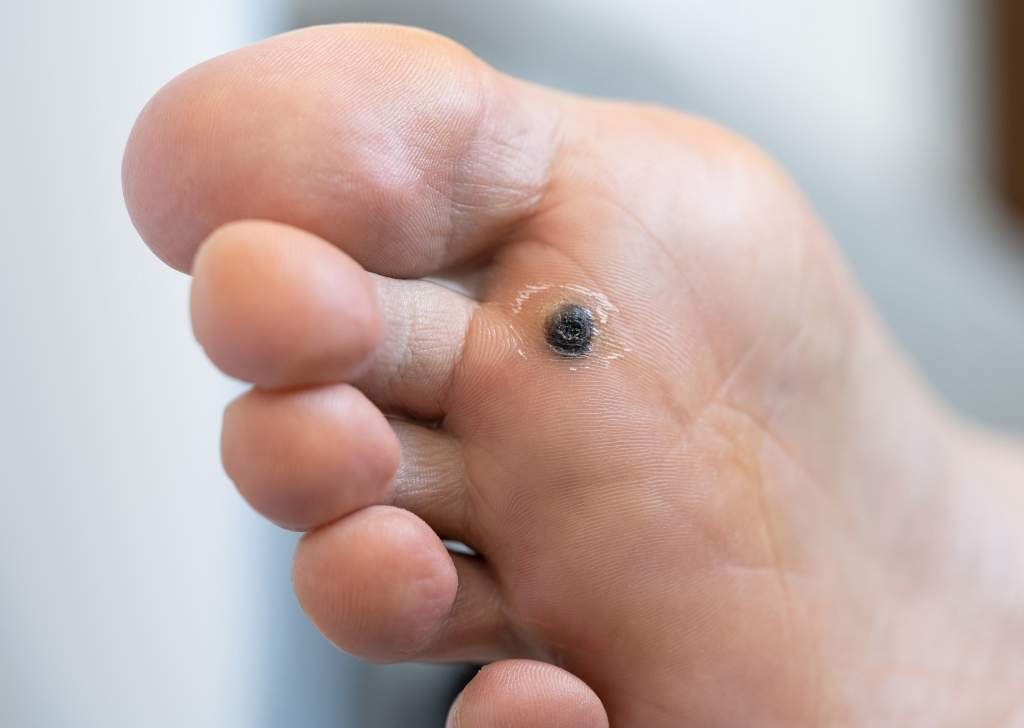
Warts are typically harmless but they can spread to other areas, cause physical discomfort, or lead to cosmetic concerns. Some may resolve without treatment, but others can persist or return over time.
At U.n.i Klinik Sandakan, we manage a wide range of wart types, including plantar warts, facial warts, and common hand warts. Using evidence-based treatments like laser therapy and minor surgical excision, our goal is to effectively remove warts while preserving healthy skin and minimizing recurrence.
Warts are small, rough growths that form on the skin due to an infection with the human papillomavirus (HPV). The virus enters the skin through tiny cuts or abrasions and causes the top layer of skin to grow rapidly, resulting in a wart.
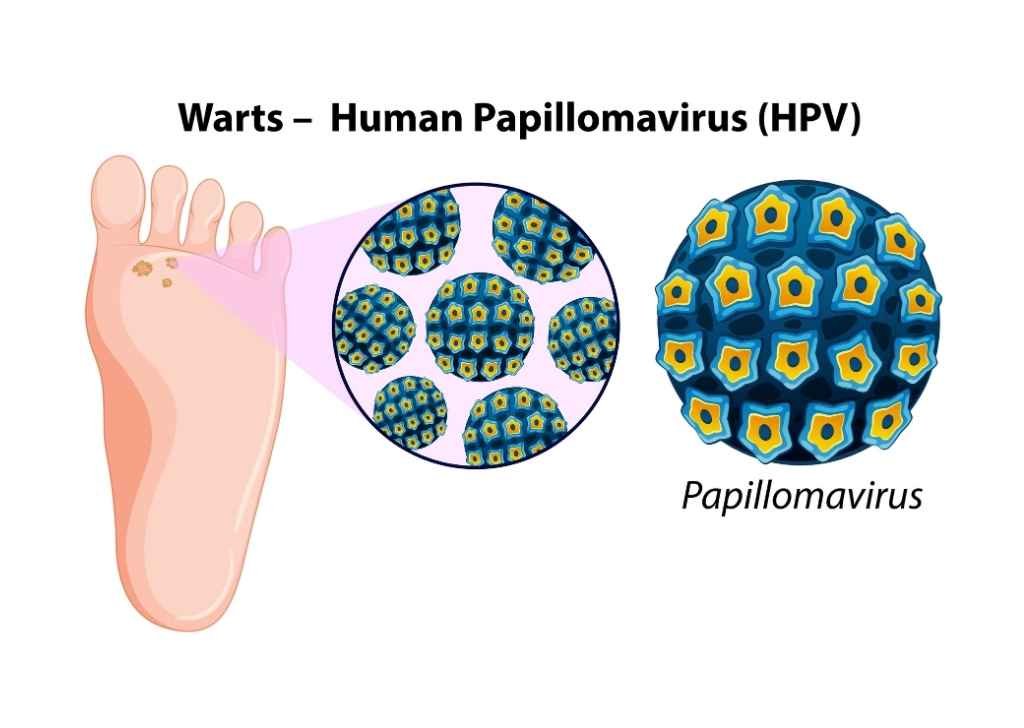
While warts are generally benign, they can spread from one part of the body to another or from person to person through direct contact or shared surfaces. Children, teenagers, and individuals with weakened immune systems are more likely to develop warts.
Warts can appear on the hands, feet, face, or other areas. Depending on their type and location, they may be painful, irritating, or cosmetically concerning.
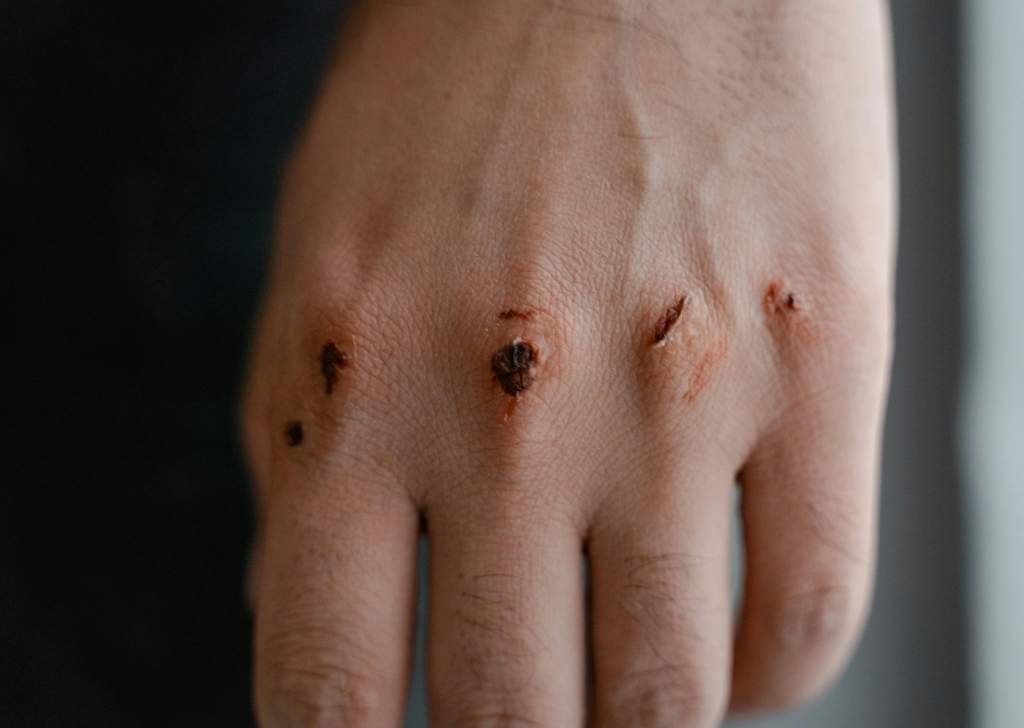
Small cuts, scrapes, or abrasions make it easier for the virus to enter the skin. Areas around fingernails, heels, or shins are particularly vulnerable, especially in children and athletes.
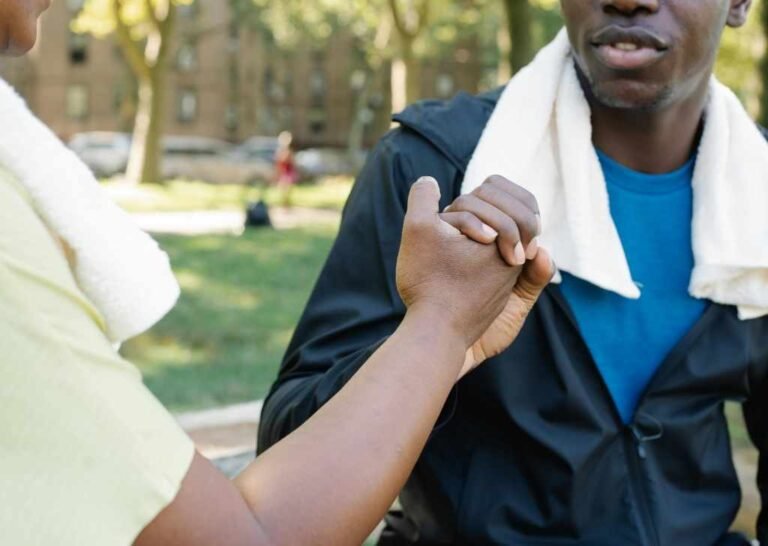
Warts are contagious and can spread through physical contact or by touching objects (like towels, gym equipment, or razors) that have come into contact with the virus.
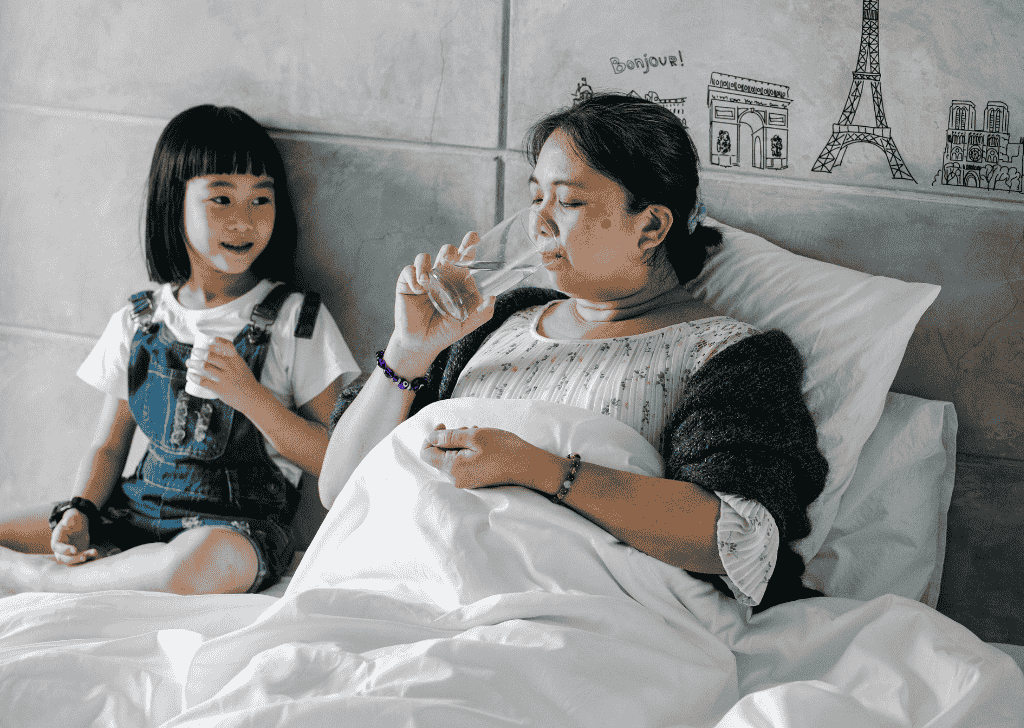
Individuals with reduced immune function such as those with autoimmune diseases, undergoing chemotherapy, or living with HIV are more susceptible to HPV infections and may develop warts.
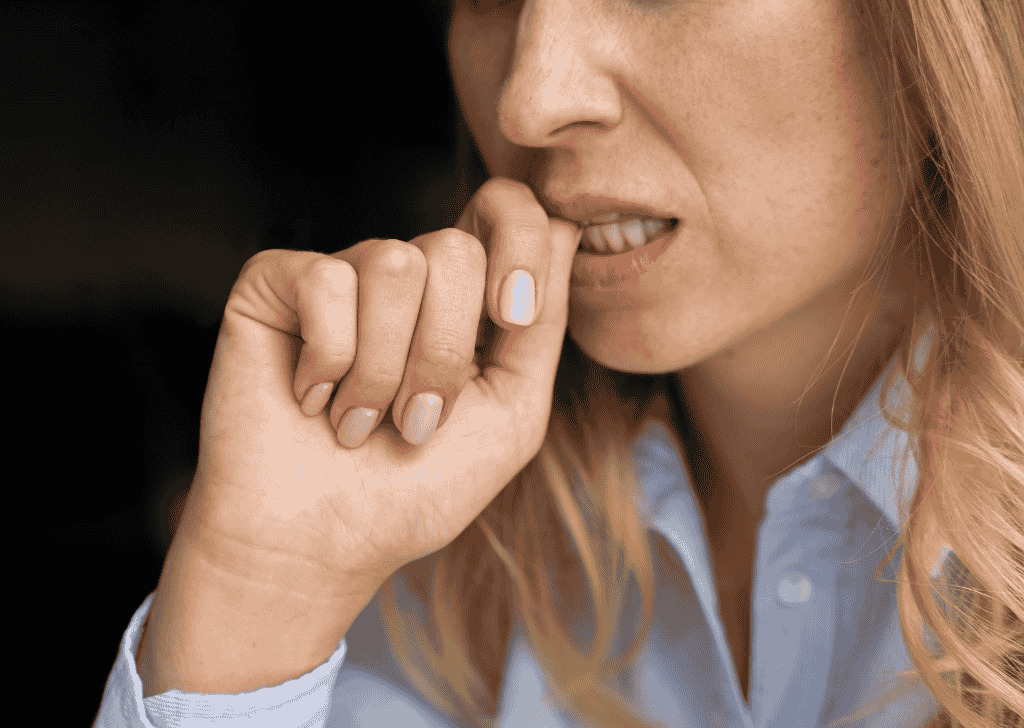
These habits cause microtears in the skin, allowing the virus to penetrate more easily. Shaving over a wart can also spread the virus to nearby areas.
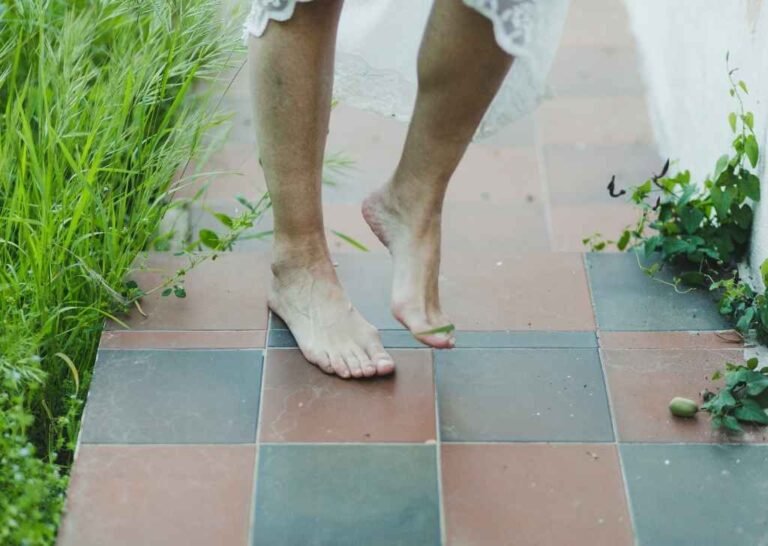
Warm, moist environments like public showers, swimming pools, and locker rooms can harbor HPV. Walking barefoot increases the risk of contracting plantar warts on the soles of the feet.
While not all types of HPV result in warts, the strains that do are considered low-risk and are not linked to cancer.
Yes, warts can be contagious. The virus can spread through:
However, warts are typically not dangerous. They don’t pose a serious health threat, but they can cause pain (especially plantar warts), bleeding, or emotional distress depending on where they appear.
If left untreated, some warts may grow larger, spread, or multiply. That’s why timely treatment is recommended, especially if the wart becomes bothersome or shows signs of infection.
At U.n.i Klinik Sandakan, we treat various types of warts using clinically proven methods tailored to each case. Here are the most common types we see in our clinic:
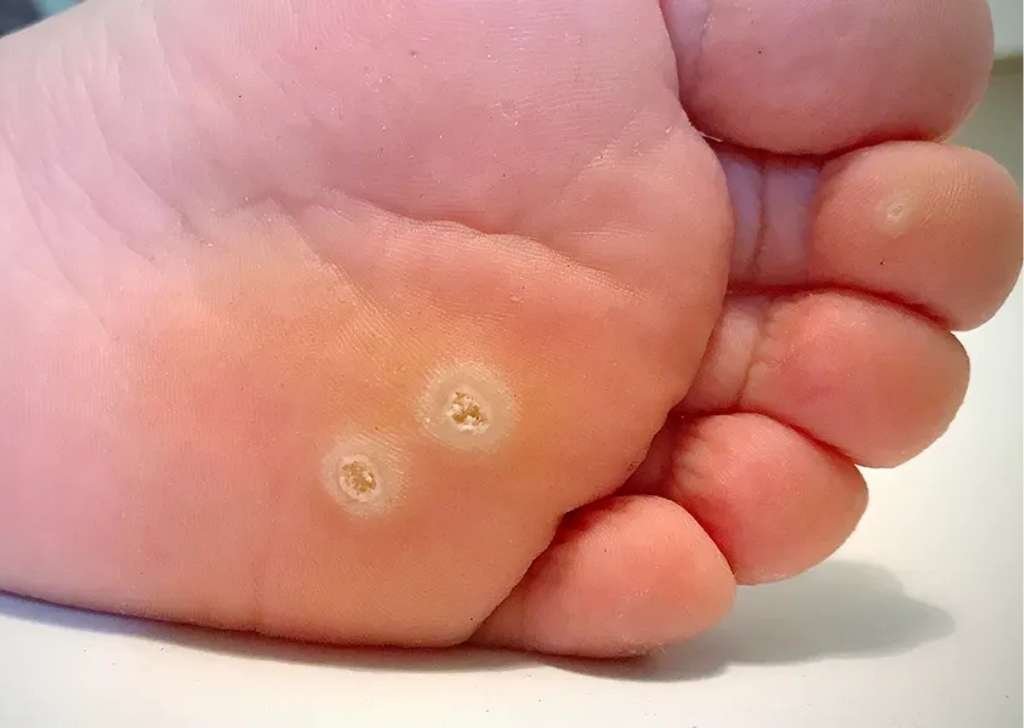
Found on the soles of the feet, plantar warts grow inward due to pressure from walking. They may feel painful and often show small black dots on the surface.
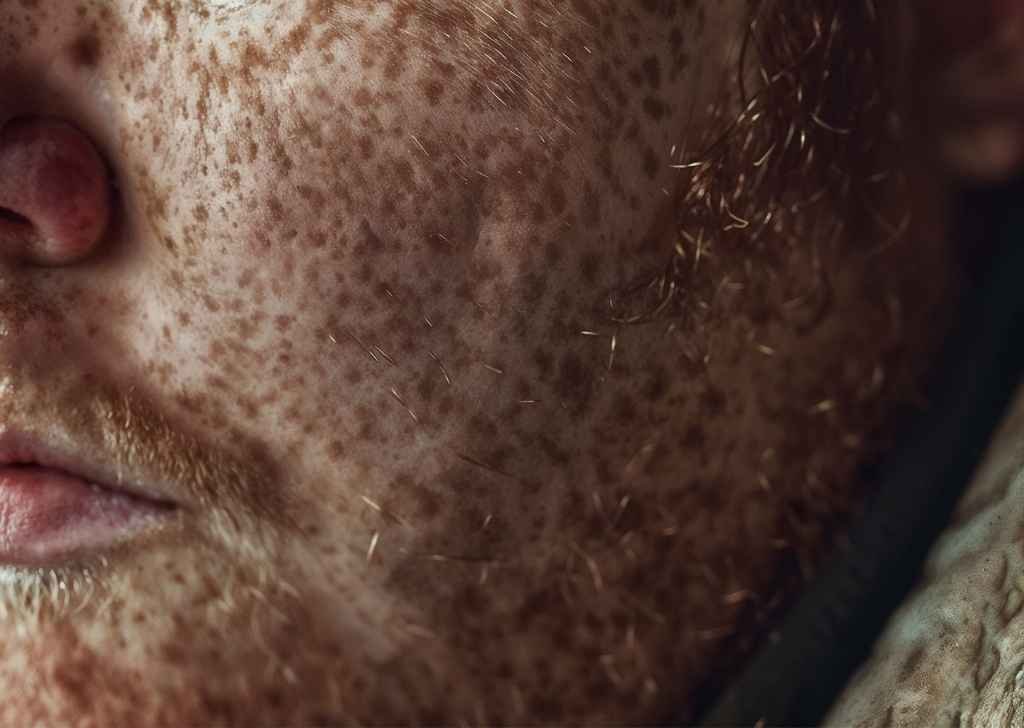
These appear on the face and may be flat or raised. Because of their visibility, we use precise, low-scarring techniques such as laser or minor excision.
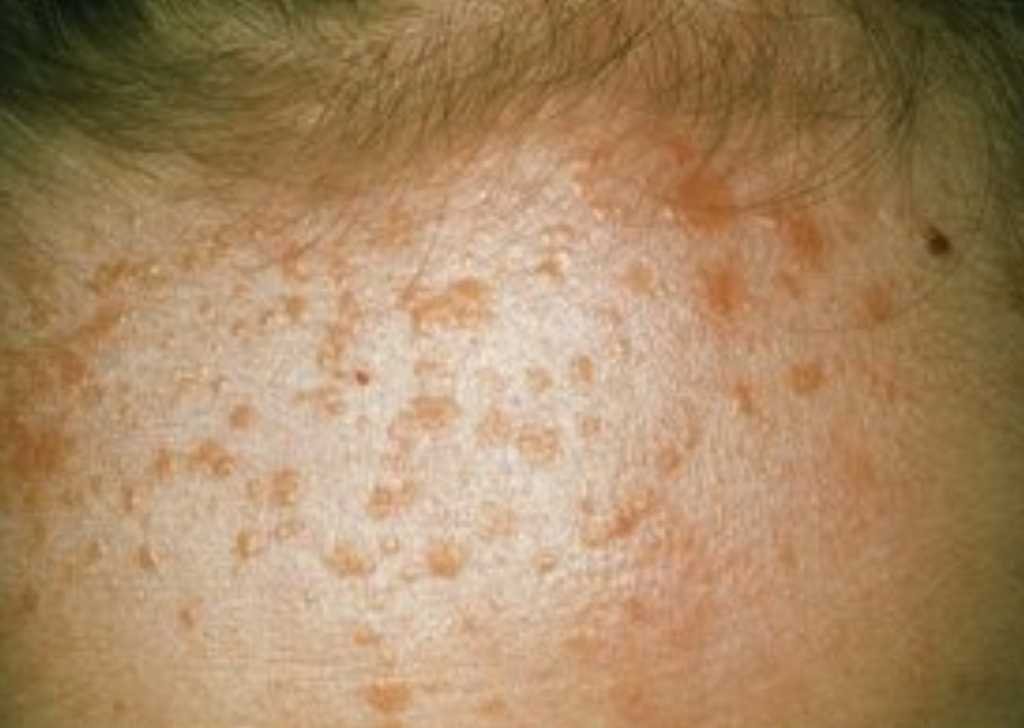
Common warts have a rough texture and often appear on hands, elbows, or knees. Flat warts are smoother, smaller, and may spread quickly, especially on the face and hands.
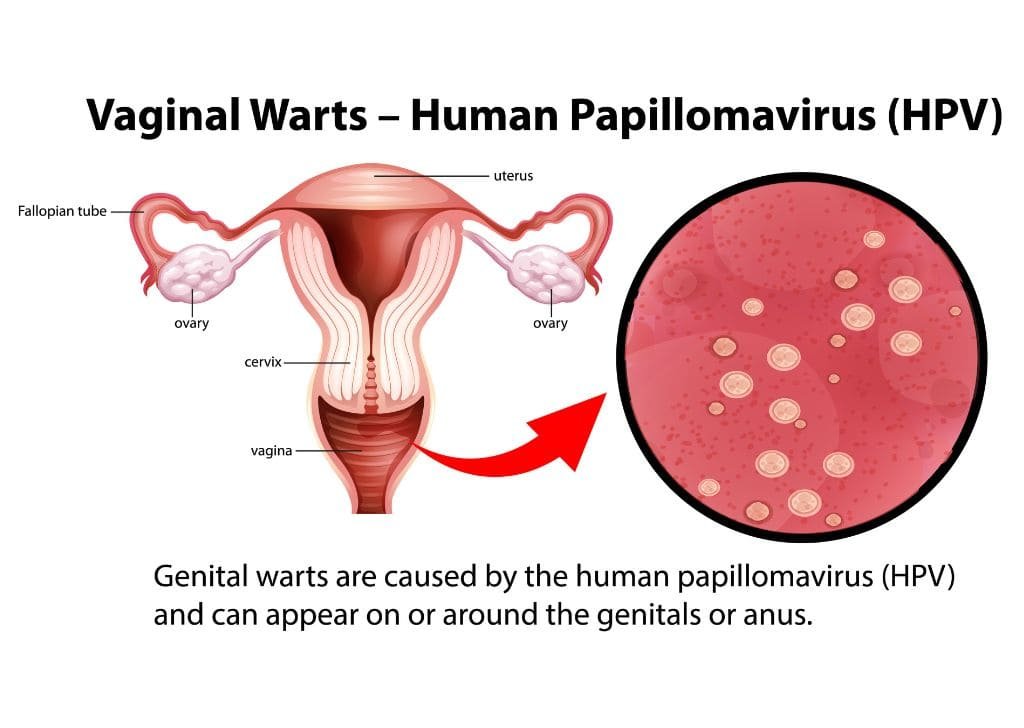
At U.n.i Klinik Sandakan, we offer effective, medically supervised treatments designed to remove warts safely and reduce the chance of recurrence.
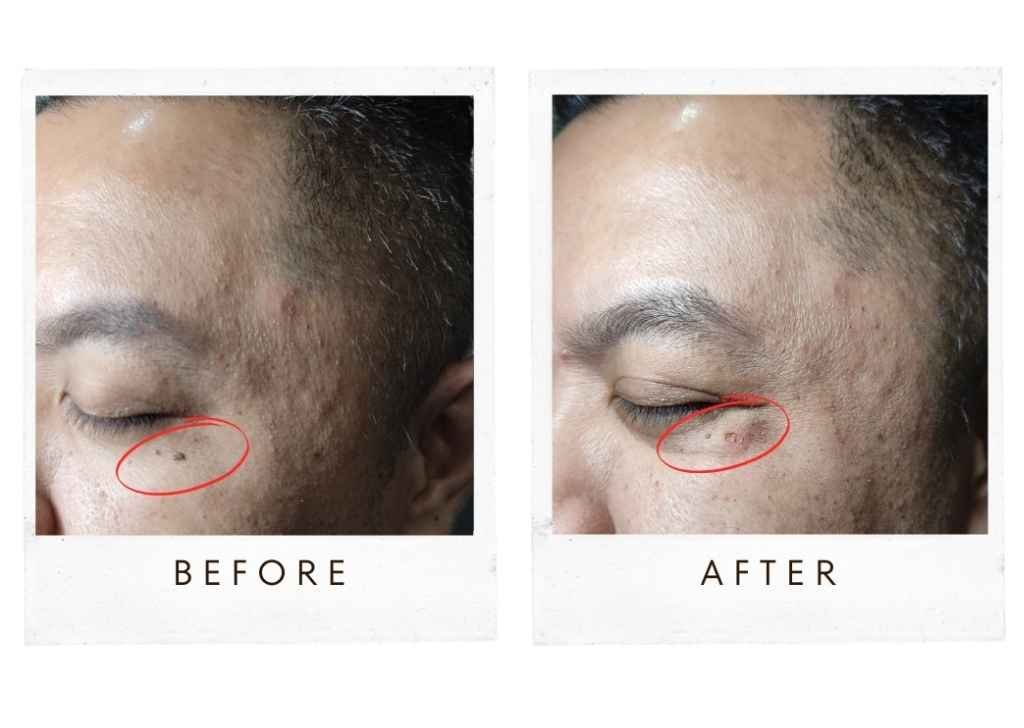
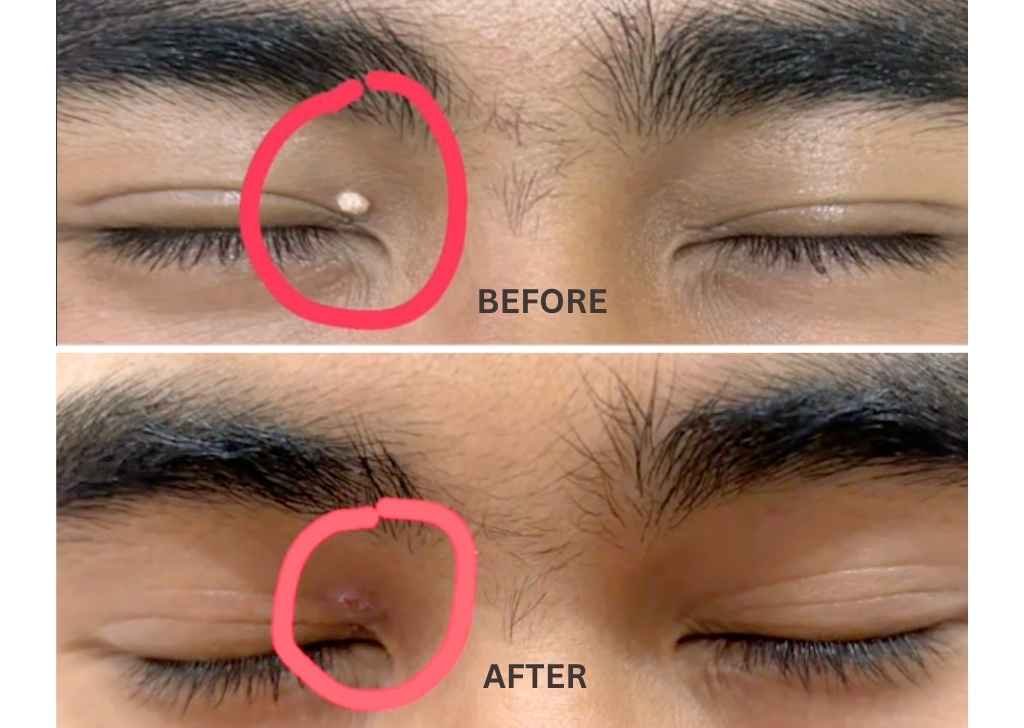
This method uses targeted light to destroy wart tissue and blood vessels. It’s precise, minimizes scarring, and is ideal for stubborn or facial warts.
OTC creams may irritate skin, work slowly, and often fail to fully remove the wart, leading to recurrence. Professional care ensures safer, more effective results.
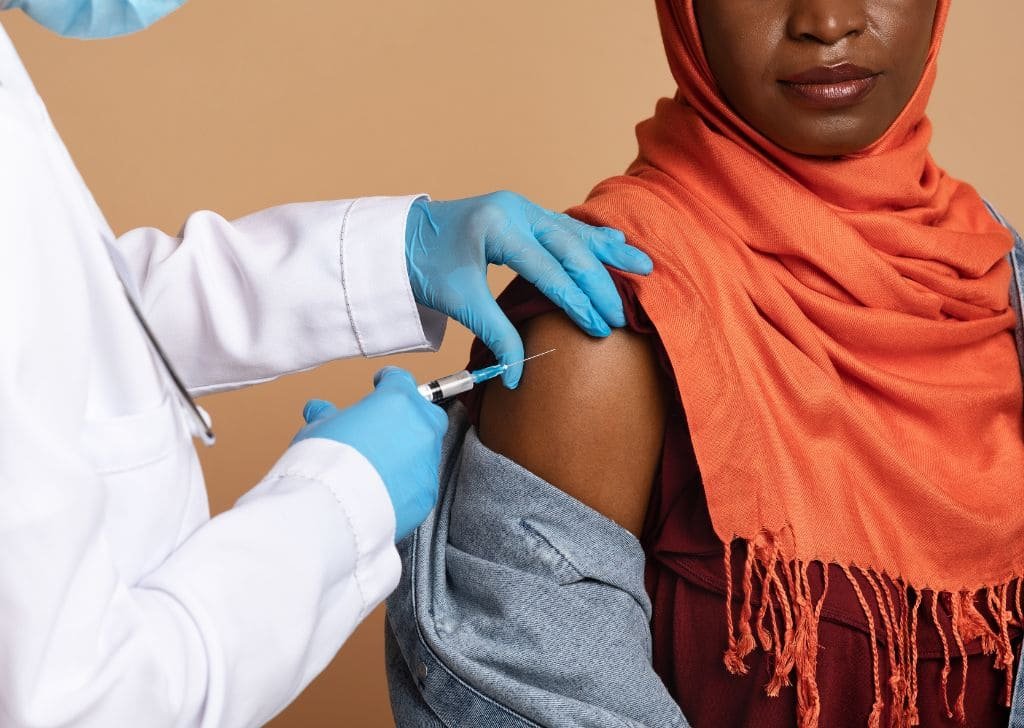 While there isn’t a single vaccine for all types of warts, there is an effective vaccine specifically for warts caused by the Human Papillomavirus (HPV), known as genital warts. These are the most common type of warts in the genital and anal regions, and certain strains of HPV are also responsible for most cases of cervical, penile, and other related cancers.
While there isn’t a single vaccine for all types of warts, there is an effective vaccine specifically for warts caused by the Human Papillomavirus (HPV), known as genital warts. These are the most common type of warts in the genital and anal regions, and certain strains of HPV are also responsible for most cases of cervical, penile, and other related cancers.
At U.n.i Klinik Sandakan, we’re proud to offer HPV vaccination in our clinics which can prevent up to 90% of warts and significantly reduce the risk of cervical and penile cancers
In addition, we also offer the Gardsil 9 vaccine. This variant of the HPV vaccine provides better protection against the most extensive variants of HPV infections. Getting vaccinated with Gardsil 9 can reduce the risk of cervical, vaginal, and vulva cancers in individuals especially women aged 9 to 45.
At U.n.i Klinik Sandakan, wart removal is a straightforward process. Here’s a quick overview of what happens at each stage.
Certified medical professionals with experience in dermatological procedures
Safe and sterile environment using evidence-based methods
Personalised consultations to assess your skin condition and recommend the best approach
A reputation built on trust, affordability, and effective results
If you’re dealing with a wart that’s painful, persistent, or affecting your confidence, early treatment can help prevent complications and reduce recurrence.
At U.n.i Klinik Sandakan, we provide professional wart removal in a safe, clinical setting with personalized care for each patient. Whether you need laser therapy, minor excision, or an expert opinion on the best course of action, our team is here to help.